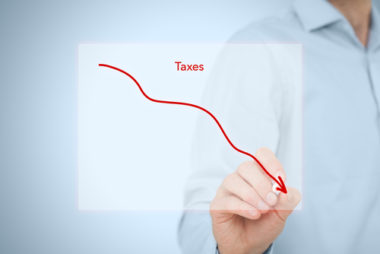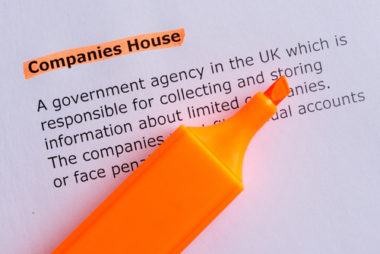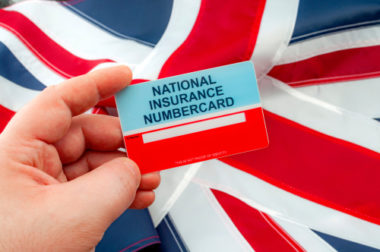
Inheritance tax is often described as a voluntary tax. While most of us do not know in advance when we are going to die, there are steps that you can take to reduce the amount of inheritance tax on your estate. Here are five suggestions.
- Leave everything to your spouse or civil partner
The inter-spouse exemption means that there is no inheritance tax to pay on anything that you leave to your spouse or civil partner. On their death, their estate can claim the unused portion of your nil rate band and your residence nil rate band, meaning that these are not wasted. The allowances allow a married couple or civil partners to, between them, leave £1 million free of inheritance tax.
Alternatively, you can leave assets to the value of your nil rate band, and a main residence or share in a main residence to your children or direct descendants, and anything in excess of this to your spouse or civil partner. This too will ensure that there is no inheritance tax to pay on your estate.
2. Give away cash and assets early
Gifts made more than seven years before your death fall out of charge for inheritance tax purposes. Also, taper relief means that the rate of tax payable on assets gifted made more than three years before your death is reduced on a sliding scale. Lifetime gifts are known as potentially exempt transfers and remain exempt if you survive for at least seven years after making the gift. However, if you do die within seven years, lifetime gifts come into charge. This may give rise to an unintended problem in that the nil rate band is applied chronologically, meaning that it may shelter a lifetime gift which would, if taxable, benefit from generous taper relief, rather than a death bequest which is chargeable at 40%.
The earlier gifts are made, the greater the likelihood that they will fall out of charge.
3. Make gifts out of income
An inheritance tax exemption means that it is possible to make lifetime gifts which are not treated as potentially exempt transfers by making them out of your income. To benefit from the exemption, the gift must be made as part of the normal expenditure from the income of the donor and, after making the gift, the donor must be able to maintain their standard of living. This exemption could be used, for example, to pay for your grandchildren’s school fees or your child’s rent or to set up a regular standing order to help meet your children’s living costs.
4. Use the annual and gifts exemptions
There are a number of specific inheritance tax exemptions that allow you to make small gifts that fall outside the scope of inheritance tax. These exemptions can be used in addition to the gifts from income exemption outlined above. Further, they apply if the gifts are made from capital.
The annual exemption allows you to give away £3,000 of gifts each year. You can use the allowance to make a single gift to one person, or several gifts totalling not more than £3,000. If you do not use all of the exemption for a tax year, you can carry the unused portion forward to the following tax year. However, if it is not used by the end of that tax year, it is lost.
The small gifts allowance allows you to make as many gifts as possible of up to £250 per person each tax year. However, the recipient cannot benefit from more than one allowance (so you cannot give £3,250 to one person using the annual allowance and the small gift allowance). You do not need to count birthday and Christmas gifts, which are exempt.
You can also make tax free gifts on the occasion of a wedding or civil partnership. The exempt amount depends on your relationship to the recipient – £5,000 for a child, £2,500 for a grandchild or great-grandchild and £1,000 for any other person.
5. Make a charitable bequest
Your estate can benefit from a reduced rate of inheritance tax of 36% if you leave at least 10% of your estate to charity. Gifts to charities are themselves exempt from inheritance tax.







